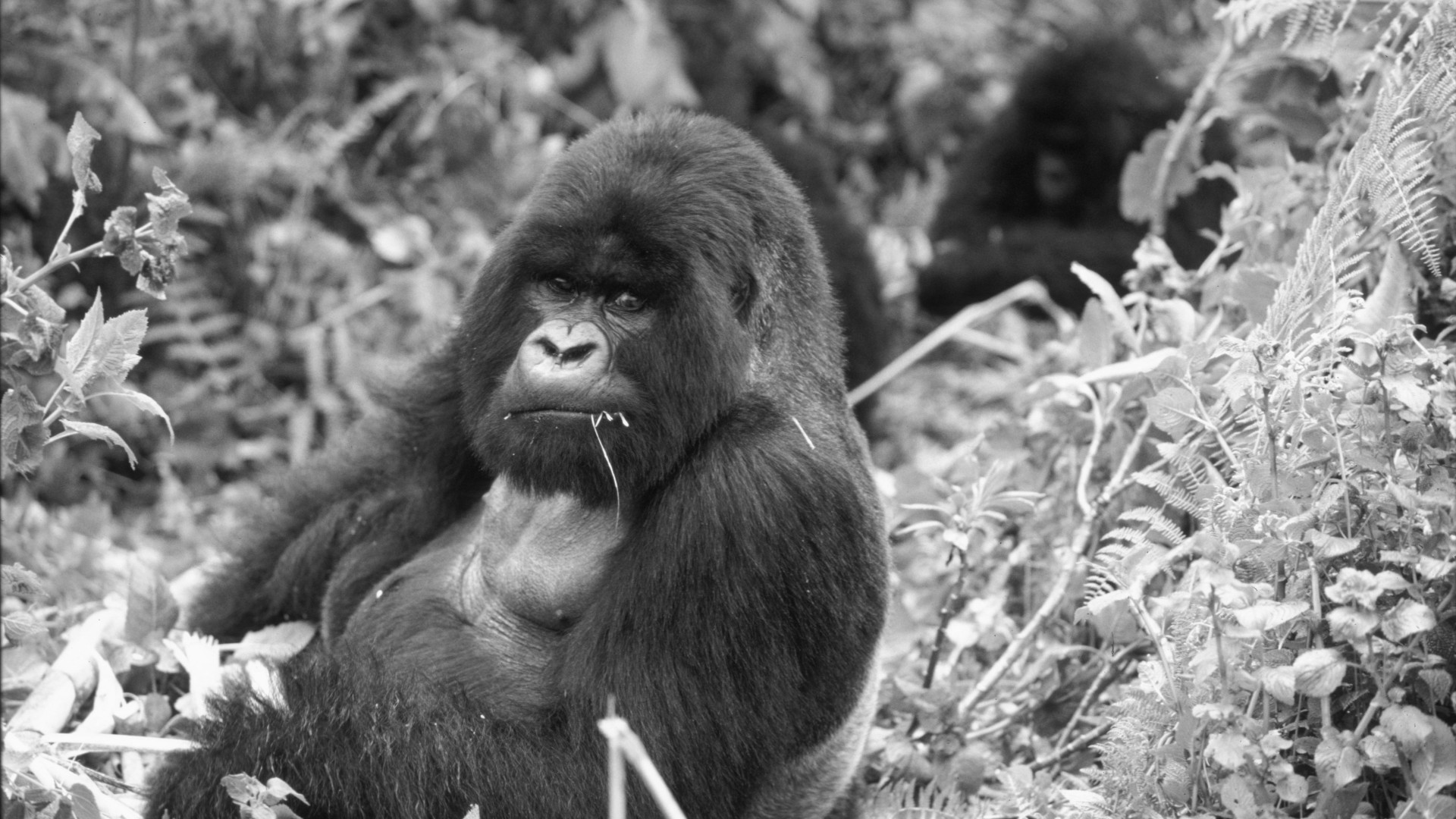I may have just talked myself out of one of my dreams.
For years now I’ve held out hope of an opportunity to travel to Africa to see one of my favorite species, mountain gorillas, in the wild. This year it looked like that dream could finally come true. I have the vacation time, I have the money (well, the credit cards), and I don’t have any work or personal commitments keeping me close to home.
I could do it if I really wanted to.
But a question has been gnawing at me: Should I do it?
The more I thought about it, the more I realized that the big problem looming over a trip like this is its impact on the climate. Based on some quick calculations I made on a travel site, it looks like an airplane trip to Uganda would produce at least 2.13 metric tons of CO2 emissions. That, according to the EPA website, is the equivalent of burning 2,329 pounds of coal — enough energy to charge my cellphone more than 271,000 times.
And that’s just for the trip there, using one possible flight path. It doesn’t even count the return flights, ground travel or other accommodations.
All told, any trip to see my beloved mountain gorillas could produce something in the neighborhood of 5 metric tons of planet-damaging emissions.
Damn, that’s a lot.
With climate change threatening just about everything on Earth — including mountain gorillas — does it make any sense for me to do something that would produce so much atmospheric damage, and something that could contributing to damning the very species I want to see?
We all know that ecotourism, done right, can do a lot of good. This may actually be a fair example of that. In order to see mountain gorillas I would have to buy special permits, and that money would, in theory, be funneled back into mountain gorilla conservation. Much of the other money I would spend on travel, tour guides and food would help support local economies, giving people a reason to support their local wildlife and habitats.
On top of that, as a journalist I would certainly write about my trip, hopefully inspiring others to understand the threats these animals face and the need to protect them.
But is that enough?
I know others have done it. A journalist colleague flew to China last year to see and write about giant pandas. I recently spoke to a professional conservationist who took some vacation time to fly to Asia to see snow leopards. Another friend regularly flies to remote parts of the world for important environmental journalism work.
So why can’t I do the same?
The thing is, I also know people who are not flying for the very same reasons that worry me. One of them is climate scientist Peter Kalmus, who runs a website called No Fly Climate Sci, where he and other researchers, academics and activists pledge not to fly, or to fly as little as possible, and to meet their professional commitments with less emission-heavy methods.
I reached out to Kalmus about my conundrum.
“That’s a tough one,” he told me. “It’s probably no surprise that I can’t answer for you. Personally, however, I would not fly there. I know too much about the damage that burning fossil fuel does.”
And that brings to me to my decision. Right now, I just can’t see myself making my longed-for journey. I’m not saying others’ choices to fly to these remote locations are wrong, but personally I can’t balance out the costs and benefits for myself (or even for my readers). I know we’re at a place in time where every single action we can take to reduce emissions on a personal and societal level is absolutely necessary. I already fly a few times a year for work, so adding a massive, continent-hopping journey like this would just feel wrong.
And so I defer my dream to see mountain gorillas. And beyond that, my other dream to see orangutans in Borneo. And the next dream to see rhinos in South Africa. And the next fantasies after that.
Perhaps someone can talk me back into it. They could argue that I’d use the opportunity to tell stories about conservation. Maybe they could offer information on techniques to offset the emissions from my trip, although Kalmus tells me he feels those exist more to make people feel good than to actually compensate for anything. Or they could encourage me to find out exactly how the money I would spend would directly benefit mountain gorillas and the species around them — messages and details I could convey to my readers.
Or maybe I could just take some of the money I would have spent on that trip and donate it to a nonprofit dedicated to mountain gorilla preservation — something that would help to keep these incredible species going for as long as possible.
That feels like a better dream after all, at least for now.
But damn it, I still want to see mountain gorillas.
![]()



1 thought on “A Dream of Mountain Gorillas Deferred”
Comments are closed.